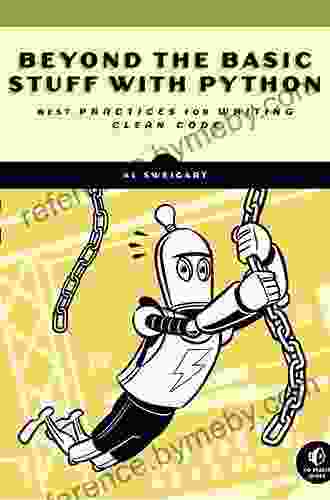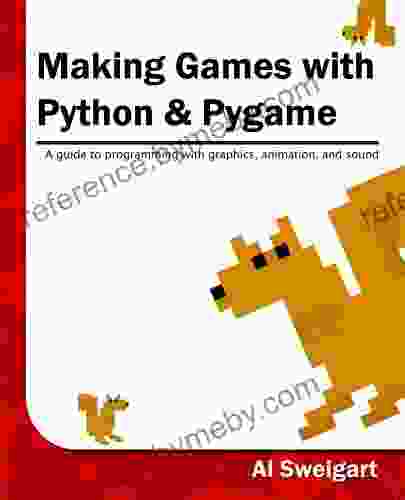Best Practices for Writing Clean Code: Your Ultimate Guide to Software Craftsmanship

4.7 out of 5
| Language | : | English |
| File size | : | 2938 KB |
| Text-to-Speech | : | Enabled |
| Screen Reader | : | Supported |
| Enhanced typesetting | : | Enabled |
| Print length | : | 321 pages |
In the ever-evolving landscape of software development, the importance of clean code cannot be overstated. Clean code is not only aesthetically pleasing but also highly functional, maintainable, and efficient. By adhering to best practices, developers can create code that is easy to read, debug, and extend, ultimately improving the overall quality of their software.
This comprehensive guide will delve into the essential best practices for writing clean code. We will cover principles, techniques, and tools that will empower developers of all levels to produce code that meets the highest standards of software craftsmanship.
Chapter 1: The Principles of Clean Code
SOLID Principles
The SOLID principles (Single Responsibility, Open-Closed, Liskov Substitution, Interface Segregation, and Dependency Inversion) provide a solid foundation for structuring clean code. By adhering to these principles, developers can create classes, modules, and functions that are highly cohesive, loosely coupled, and extensible.
Readable Code
Code readability is paramount for maintainability and collaboration. Use descriptive names for variables, functions, and classes. Follow consistent coding conventions, such as indentation, spacing, and capitalization. Write self-explanatory comments to clarify complex sections of code.
Error Handling and Logging
Robust error handling and logging are crucial for maintaining software stability. Use exceptions to handle exceptional conditions gracefully and log errors effectively to facilitate debugging and troubleshooting.
Chapter 2: Coding Techniques for Cleanliness
Refactoring
Refactoring is the process of improving the structure and design of code without changing its functionality. Regularly refactor code to remove duplication, simplify complex expressions, and improve readability.
Unit Testing
Unit testing ensures that individual units of code (e.g., functions, classes) function as intended. Write comprehensive unit tests that cover all possible scenarios, including edge cases and error conditions.
Code Reviews
Regular code reviews by peers or senior developers help identify areas for improvement, enforce coding standards, and promote knowledge sharing. Encourage constructive feedback and open discussions.
Chapter 3: Tools for Enforcing Clean Coding
Linters
Linters are automated tools that check code against a set of rules, highlighting potential errors, inconsistencies, and violations of coding conventions. Integrate linters into your development workflow to enforce code quality.
Version Control
Version control systems (e.g., Git) allow developers to track changes, collaborate on code, and revert to previous versions if necessary. Use version control to ensure consistency and maintain a clean code history.
Code Generators
Code generators can automate repetitive tasks, such as creating boilerplate code, getters and setters, or database access layers. Use these tools wisely to save time and reduce the likelihood of errors.
Chapter 4: Case Studies and Best Practices from Industry Leaders
This chapter showcases real-world examples of clean code from leading software companies. Examine the coding practices of these industry giants to gain valuable insights and learn from their experiences.
Google emphasizes readability, modularity, and testability in its codebase. They have developed strict coding conventions and automated tools to enforce code quality.
Our Book Library
Our Book Library follows the "design for failure" principle, anticipating potential errors and gracefully handling exceptions. They also use a comprehensive unit testing framework to ensure code stability.
Microsoft
Microsoft promotes the use of design patterns and object-oriented programming principles to create maintainable and reusable code. They also emphasize documentation and code reviews to improve code quality.
Mastering the art of writing clean code is a journey that requires dedication, discipline, and continuous improvement. By embracing the best practices outlined in this guide, developers can produce code that is a joy to work with, maintain, and extend. Clean code not only enhances software quality but also fosters collaboration, improves productivity, and ultimately elevates the reputation of software development teams.
Whether you are a seasoned developer or just starting your software journey, the principles and techniques presented in this guide will empower you to write clean code that will stand the test of time.
4.7 out of 5
| Language | : | English |
| File size | : | 2938 KB |
| Text-to-Speech | : | Enabled |
| Screen Reader | : | Supported |
| Enhanced typesetting | : | Enabled |
| Print length | : | 321 pages |
Do you want to contribute by writing guest posts on this blog?
Please contact us and send us a resume of previous articles that you have written.
 Book
Book Novel
Novel Page
Page Chapter
Chapter Text
Text Story
Story Genre
Genre Reader
Reader Library
Library Paperback
Paperback E-book
E-book Magazine
Magazine Newspaper
Newspaper Paragraph
Paragraph Sentence
Sentence Bookmark
Bookmark Shelf
Shelf Glossary
Glossary Bibliography
Bibliography Foreword
Foreword Preface
Preface Synopsis
Synopsis Annotation
Annotation Footnote
Footnote Manuscript
Manuscript Scroll
Scroll Codex
Codex Tome
Tome Bestseller
Bestseller Classics
Classics Library card
Library card Narrative
Narrative Biography
Biography Autobiography
Autobiography Memoir
Memoir Reference
Reference Encyclopedia
Encyclopedia Corrine Morgan Thomas
Corrine Morgan Thomas Al Wight
Al Wight Aleister Crowley
Aleister Crowley Don Colbert
Don Colbert Angie Klink
Angie Klink Todd Costa Rica
Todd Costa Rica Maureen T Corrigan
Maureen T Corrigan Adrian Forte
Adrian Forte Albert Jeremiah Beveridge
Albert Jeremiah Beveridge Erin Lewis Fitzgerald
Erin Lewis Fitzgerald Alan Stewart
Alan Stewart Antonio Centeno
Antonio Centeno Greg Habstritt
Greg Habstritt Agnes Light
Agnes Light Joseph T Catalano
Joseph T Catalano Zachary Fenell
Zachary Fenell Alan Gibbons
Alan Gibbons Albert Grandolini
Albert Grandolini Farah Heron
Farah Heron Kiera Stipovich
Kiera Stipovich
Light bulbAdvertise smarter! Our strategic ad space ensures maximum exposure. Reserve your spot today!
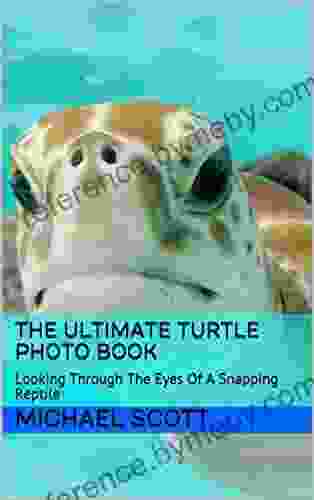
 Steve CarterLooking Through the Eyes of the Snapping Reptile: Unveiling the Secrets of...
Steve CarterLooking Through the Eyes of the Snapping Reptile: Unveiling the Secrets of... Herb SimmonsFollow ·11.4k
Herb SimmonsFollow ·11.4k Ernest J. GainesFollow ·10.9k
Ernest J. GainesFollow ·10.9k Gene PowellFollow ·2.5k
Gene PowellFollow ·2.5k Thomas MannFollow ·16.1k
Thomas MannFollow ·16.1k Travis FosterFollow ·16.9k
Travis FosterFollow ·16.9k Yasushi InoueFollow ·13.3k
Yasushi InoueFollow ·13.3k Holden BellFollow ·17.2k
Holden BellFollow ·17.2k Herman MelvilleFollow ·19k
Herman MelvilleFollow ·19k
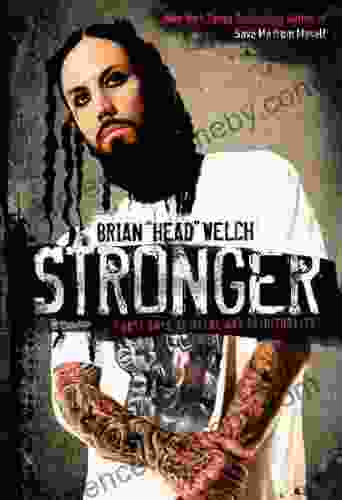
 Brandon Cox
Brandon CoxStronger: Forty Days of Metal and Spirituality
A 40-day...

 Dustin Richardson
Dustin RichardsonDelve into the Gripping World of British Crime: DCI Kett...
Unveiling the Intricate Tapestries of Crime...
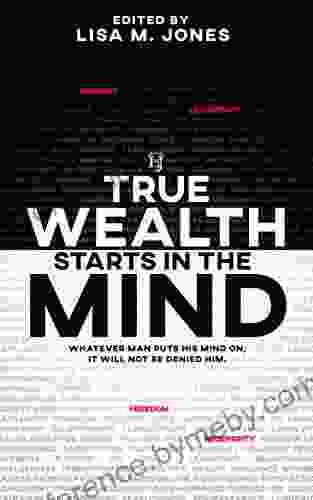
 Giovanni Mitchell
Giovanni MitchellTrue Wealth Starts In The Mind: Unleash Your Inner...
In the pursuit of...
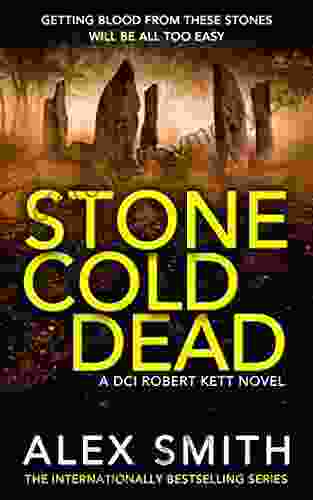
 Duncan Cox
Duncan CoxPulse Pounding British Crime Thriller: DCI Kett Crime...
Prepare for...

 Dashawn Hayes
Dashawn HayesUnveiling the Unwavering Strength and Inspiring Journey...
In the annals of wrestling history, the name...
4.7 out of 5
| Language | : | English |
| File size | : | 2938 KB |
| Text-to-Speech | : | Enabled |
| Screen Reader | : | Supported |
| Enhanced typesetting | : | Enabled |
| Print length | : | 321 pages |


